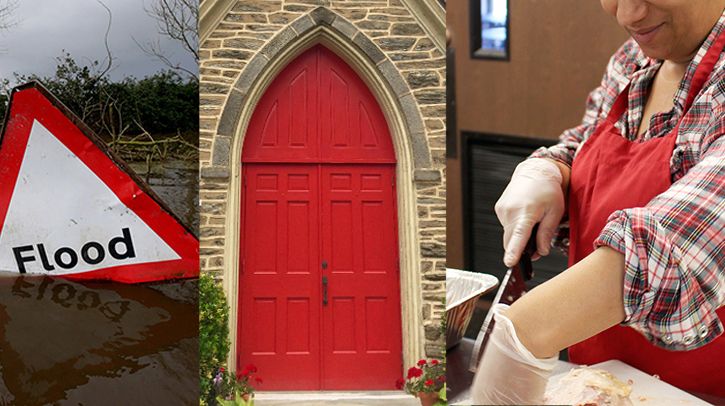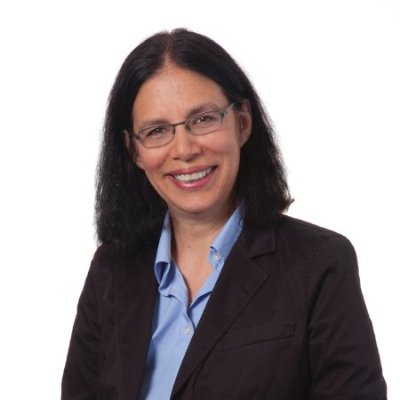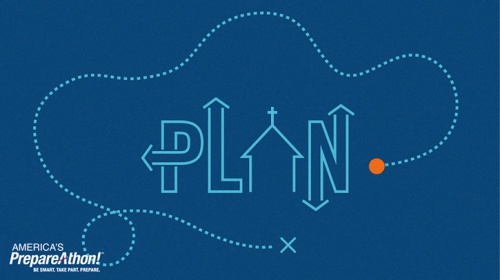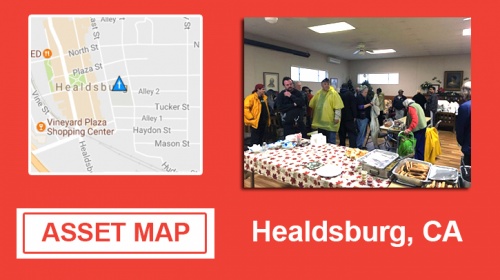A Church Ministry Shelters More Than 30 From Floods

It may have signaled the end of a long, hard drought for California, but the storm that blew in the weekend after New Year’s also brought flooding and misery, especially for those with no shelter.
With the Russian River near Healdsburg cresting at close to 20 feet in one day, according to the National Oceanic and Atmospheric Administration – 23 feet is considered flood stage – people who call the bank of the river home had to be moved quickly to safer areas.
But St. Paul’s, Healdsburg, was ready for the influx of homeless people set adrift by the rising waters. And they did it by marshaling the resources of an entire community.
The Rev. Sally Hubbell said in a phone interview that she began making plans the week before the storm hit with Colleen Carmichael, executive director of North Sonoma County Services, who is also a parishioner. Weather forecasts were predicting that Northern California was due to be hit by what’s known as an atmospheric river. The last major event of that kind happened in 2005 and caused $300 million in damage, according to news reports.
Hubbell and Carmichael arranged for cots to be brought into the church parish hall and volunteers from the church and the community to staff an emergency shelter.
The advanced planning turned out to be fortuitous.
“Around 6:00 or 6:30 [on Sunday morning] we got a call saying people’s camps had been washed out,” Hubbell said. “And we started getting people coming into our parish hall.”
St. Paul’s regular coffee hour became an extended lunch as people without shelter joined parishioners in the church’s parish hall.
More than 30 people displaced by the storm came to church Sunday and 16 spent the night, she said.
“This storm was a reminder that we have a community that is impacted more than others during these types of events,” Carmichael said in a statement. “We were grateful to all the people in the community who came together to help those in need.”
The community kept on showing up. On Sunday evening, after the people staying over were already resting on their cots, a person unknown to the volunteers delivered five pizzas to the temporary shelter.
One of the reasons St. Paul’s was able to mobilize so quickly is that it has a long tradition of service to the homeless, as well as being a focal point for coordinated efforts with government agencies and neighboring churches.
St. Paul’s has a regular shower ministry from Tuesday to Friday every week, providing an essential service for those without shelter. It also founded a group that managed 11 units of transitional housing owned by the city – that group is now a separate non-profit organization, but it still has close ties to the church.
Hospitality celebrated through communal meals is another tradition at St. Paul’s. The church has a large coffee hour on Sunday, along with three services, plus a community meal in the evening where a consortium of area churches offers a meal and hospitality. This Sunday it was the Healdsburg Adventist Church’s turn to provide a meal and there were also “lots of other food donations,” Hubbell said.
Neighbors and parishioners also donated clothing, much needed by people who spent the night in the soaking rain.
Still another faith community, Healdsburg Community Church, answered the call and brought food to St. Paul’s on Monday to provide breakfast for those seeking sustenance and shelter.
It was fitting that in her Sunday sermon celebrating the Baptism of Our Lord, Hubbell preached about “a partnership in righteousness.”
Hubbell said in her sermon, “How about when one person washes dirty towels for the shower ministry, delivers them folded and clean, and another person hands them out to people who have come to take showers. The whole shower ministry at St. Paul’s is a partnership in righteousness!”
Though the worst of the rains may have passed, the partnership between St. Paul’s, its other faith partners and its community will continue, Hubbell said, with the church committed to keeping the temporary shelter open until the storm has clearly abated. Further down the road, the church hopes to find and support more programs that offer solutions to the complex problems of homelessness.
Congregations are doing selfless work in their communities around the world. We invite you and your congregation to engage with the Episcopal Asset Map so that widespread congregations can know what ministries are happening globally and can learn from one another and collaborate in their efforts. Join the movement today!
The Episcopal Asset Map, a joint project of The Episcopal Church and Episcopal Relief & Development, is an opportunity to highlight the ways Episcopalians are living out Christ’s love in our communities. You can search ministries around The Church and tell the story of your congregation, school or other Episcopal community. This project was initially opened to Episcopal dioceses across the 50 United States, but we are currently working with The Episcopal Church to expand this project and have full incorporation of all dioceses, starting with Dominican Republic and Colombia, by the end of 2017.

Paula Schaap is the former Communications Director for the Episcopal Diocese of Northern California. Story originally published on the website of the Episcopal Diocese of Northern California.





